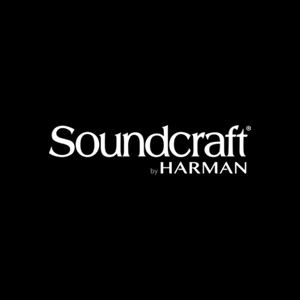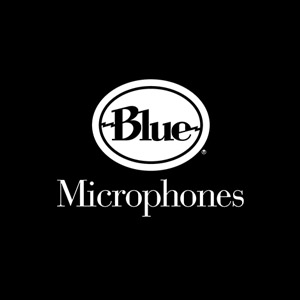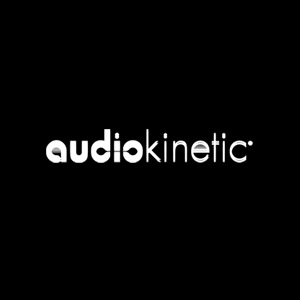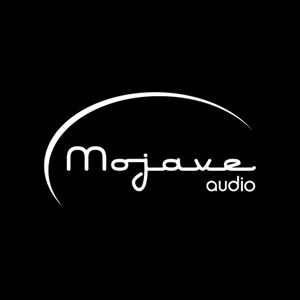Hearing Protection, Tinnitus and You
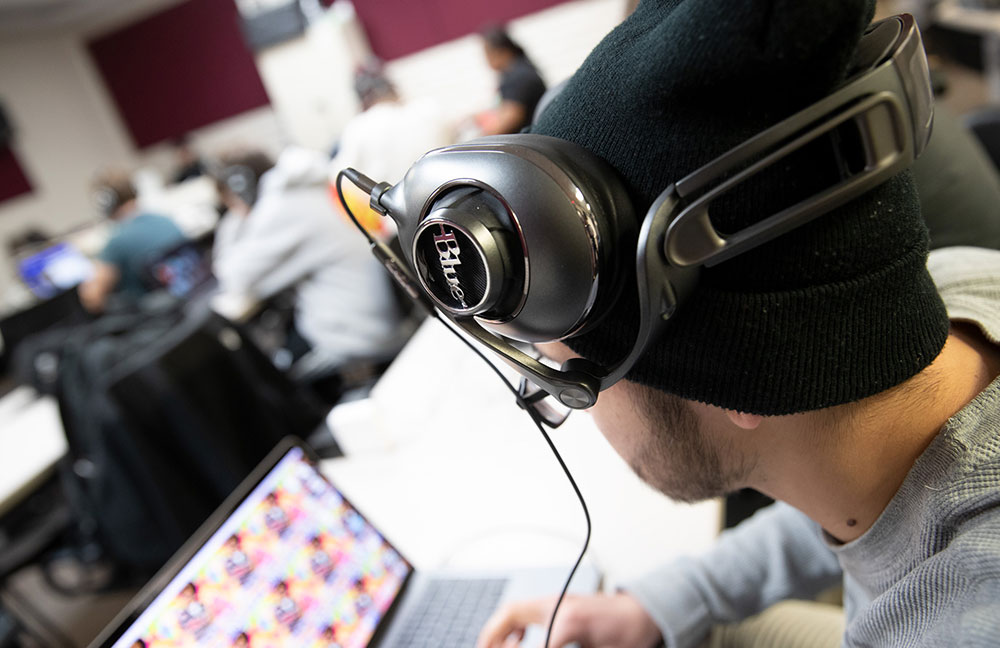
In the field of Audio Engineering, knowing how to use the tools at your disposal is the name of the game. However, people often overlook one of the most important tools available to them – their ears. No matter how much equipment a sound engineer has, if their ears aren’t in tip top shape, it will be quite hard to do their job to the best of their ability.
While it is fun to listen to loud music and go to concerts, without proper protection it can be very easy to damage your ears permanently. A number of things can lead to hearing loss, such as aging, being around loud noises like firing guns at a shooting range, head injuries and sometimes side effects of medications. Even driving around with your car windows down can cause irreparable damage to your hearing. And unfortunately, even with all the advances in technology and medical science, restoring one’s hearing is still decades out from being a reality.
While hearing loss is one example of damage done to one’s ears, another side effect of hearing loss is tinnitus. Tinnitus is the phenomenon in which an individual hears a ringing sound, perhaps the sounds of crickets or a buzzing noise constantly when there is no actual source of the sound. Often times this is more of a response of the brain due to ear damage than the ear itself causing these noises.
Remember when you went to that one concert, and for an hour or two afterwards everything sounded muffled? Or when you heard a loud noise and your ears rang for a bit? That is a small example of hearing loss and tinnitus, and in extreme cases those feelings don’t go away. In more extreme cases, these noises are perpetually occurring and can be quite unnerving, often leading to sleep loss among other things.
There is currently no cure for tinnitus, unfortunately. There is however quite a bit of research going into finding a solution for the tinnitus problem, which affects an estimated 50 million people. Recently we had a great presentation put on by Dr. Allen W. Rohe and Jason Swanson of The Tinnitus Foundation. As part of our ongoing series of AES presentations, Dr. Rohe spoke with our students about the causes, effects, diagnosis and ongoing research that his team has been putting into the phenomenon known as tinnitus.
We have many presentations and seminars at CRAS that cover a myriad of topics, and this was the first time that we were able to have an amazing presentation about tinnitus. There are a few ways that one can prevent hearing loss and tinnitus. Listening to music at a lower level over extended periods of time is recommended. This can be a challenge for many of us, especially musicians and audio engineers, since our passion and hobbies involve being around, making and listening to music nearly every waking minute of our lives. It is recommended to listen to music at 85dB if you will be listening to music up to 8 hours at a time.
Using ear plugs when you are in situations where you will be around loud noises is also a great idea. A lot of people complain about the uneven frequency dampening of cheap ear plugs, which is a legitimate complaint. The cheap foam ear plugs that you can get at Walgreens or Home Depot are just to prevent loud sound pressure levels from damaging your ears, but are not ideal for actually listening to music. It is possible to get professionally crafted ear plugs that are designed to lower the overall sound levels reaching your ear, while maintaining an equal noise dampening across the frequency spectrum and still feeling comfortable. Usually we have a team from Xtreme Hearing stop by the Conservatory a few times per year to take custom ear molds and create professional ear plugs and filters for musicians, audio engineers and audiophiles.
There is a lot of science, and many variables that go into figuring out a “safe” listening level, however. The decibel level at your ear is what is important, and how you are listening to music can make a difference too. Are you listening to speakers, a surround sound system, over-ear headphones or in-ear buds? Ear buds, like those that come with iPods and other portable devices, are becoming notorious for damaging hearing due to their close proximity to the ear canal.
Decibels work on a logarithmic scale, so doubling the volume of your listening material will halve the amount of time you can safely listen to it. 3dB is a commonly accepted figure for the effective doubling of the volume of an audio signal, so going from 85dB listening level to 88dB basically takes your listening time from 8 hours to 4 hours of safe listening.
We also used this presentation as a great opportunity to practice our broadcast skills for our newly designed curriculum!
Check out our video from the presentation, and visit The Tinnitus Foundation’s website to learn more information about Tinnitus!






